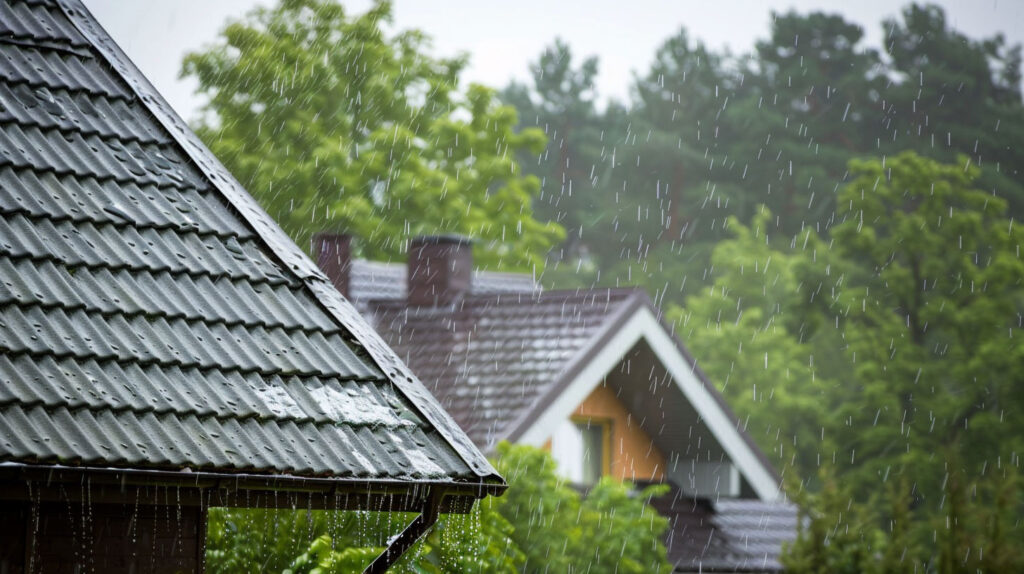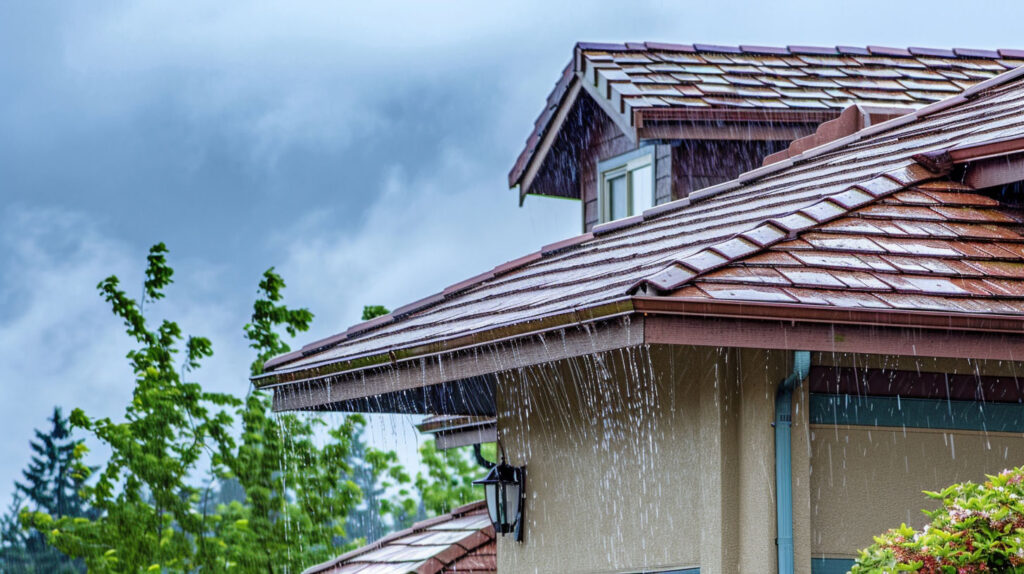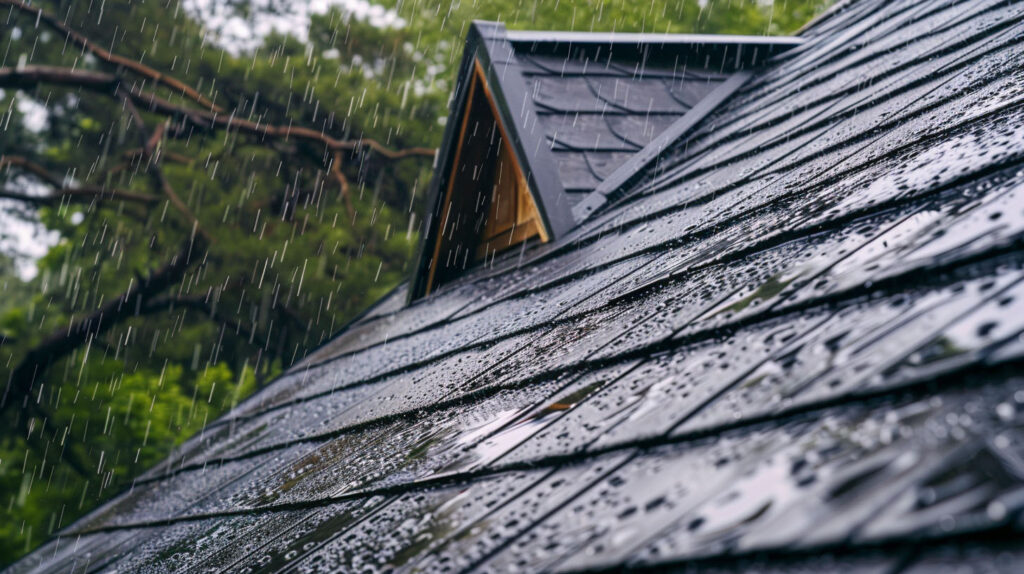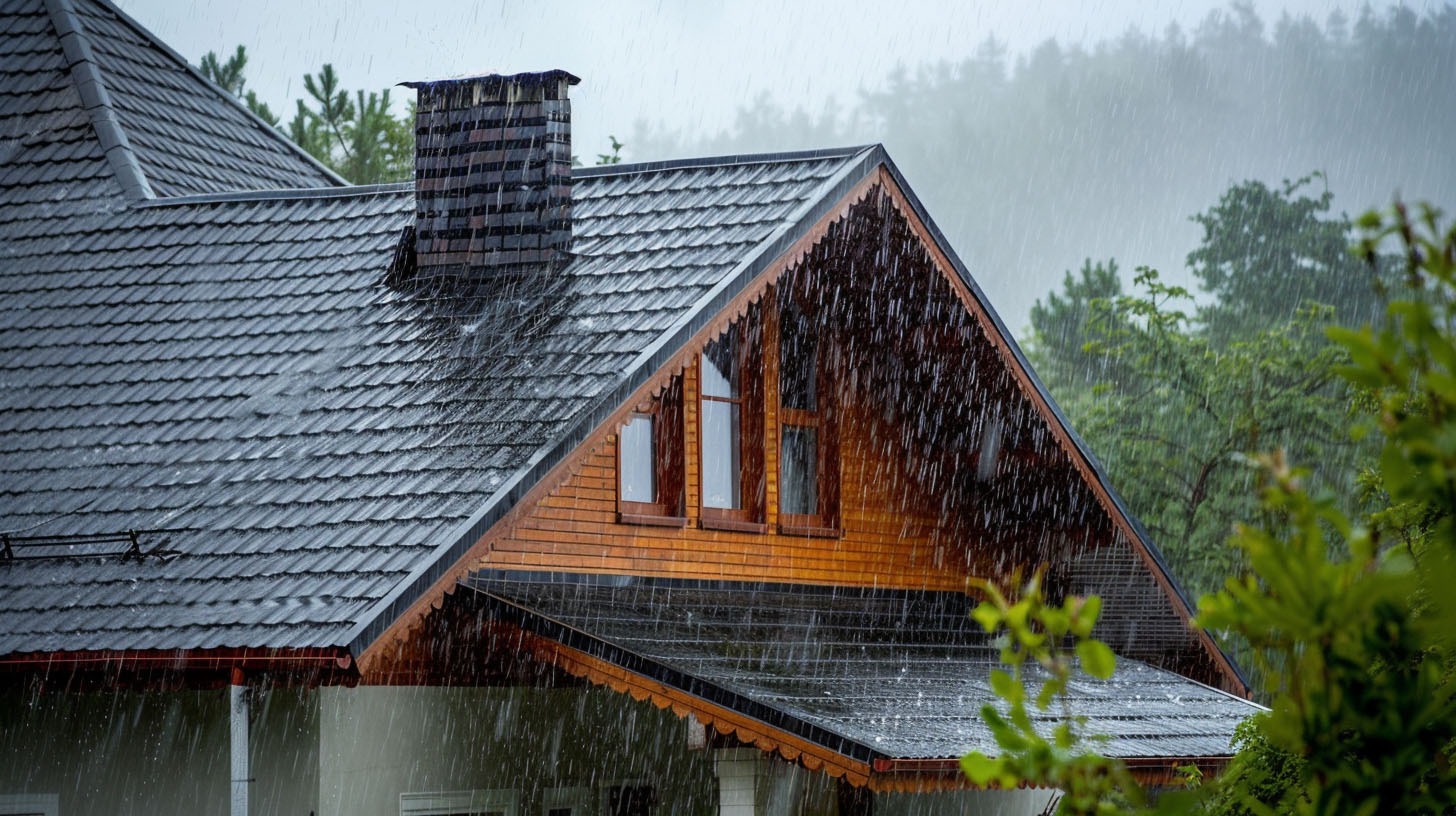What Roof Shape Works Best in Rainy Seasons?
Rainy climates bring unique challenges to homeowners, especially when it comes to choosing the best roof. A functional roofing system not only safeguards your property but also prevents water damage that can result from heavy, consistent rains. Selecting the ideal roofing material—paired with a proper design—can help keep your home protected while reducing the risk of costly repairs. At Specialist Roofing & Repair, we provide award-winning solutions to ensure homes across Long Beach, CA, remain resilient against rain and harsh weather conditions.
Understanding the Importance of Roof Shape in Rainy Climates
The shape of your roof plays a pivotal role in how effectively your house stands up to the challenges of wet climates. A properly designed roof facilitates the smooth drainage of rainwater, preventing dangerous water pooling that can result in structural damage over time.
Ignoring the importance of roof design can lead to roof damage issues like leaks, mildew formation, and weakened foundations. With professional solutions tailored to rainy climates, you’ll ensure the longevity of your roof and minimise risks associated with persistent rainfall.
How Roof Shape Impacts Water Drainage
Roof shapes significantly influence water drainage, particularly in rainy climates. For instance, roofs with a steep pitch facilitate rapid runoff, minimizing moisture buildup and reducing the risk of water pooling. Conversely, flat roofs tend to struggle with drainage, making susceptible to standing water and potential structural damage. Additionally, the design can affect a roof’s ability to handle debris, which can obstruct drainage pathways. This consideration is essential for preventing costly repairs and maintaining overall roof integrity in heavy rain.

Common Issues Caused by Poor Roof Design in Heavy Rain
Structural damage often occurs as a result of inadequate roof design in heavy rain, leading to costly repairs. Water pooling on flat roofs can create pressure that exacerbates moisture buildup and increases the risk of leaks. Additionally, improper drainage systems may facilitate mildew growth, presenting health risks and affecting the roof’s longevity. Ensuring that the right roofing material is used and adhering to local building codes are crucial to mitigate these issues effectively in wet climates.
Key Factors to Consider When Choosing a Roof for Rainy Seasons
When choosing a suitable roof for rainy conditions, it’s essential to consider the weather patterns in your area. There are various roofing options, such as designs that support rainwater drainage and resist damage from strong winds, which are often a major factor in making the best choice.
Additionally, prioritising roofs with minimal maintenance requirements can save time and expenses over the years with proper maintenance. By selecting durable designs and compatible materials, like metal or tile-based roofing, you ensure long-lasting protection for your property, no matter how harsh the weather gets.
Roof Pitch and Slope Explained
The pitch and slope of a roof play crucial roles in managing water runoff, particularly in regions prone to heavy rainfall. Steeper roof designs, such as gable or hip roofs, enhance water drainage, reducing the risk of moisture buildup and costly repairs from water damage. Conversely, flat roofs may struggle with water pooling, necessitating stringent maintenance and reliable drainage systems. Selecting the ideal pitch not only contributes to structural integrity and longevity but also aligns with aesthetic considerations and building codes, ensuring peace of mind.
Material Compatibility with Rainy Weather
Choosing the right roofing material is essential for optimal performance in rainy conditions. Asphalt shingles, for instance, are the most popular residential roofing material due to their impressive water resistance and low maintenance requirements, making a popular choice among different roof material types. On the other hand, metal roofing provides excellent durability against harsh weather conditions and has a sleek aesthetic appeal. Additionally, tile options like clay and slate roofs are effective at preventing moisture buildup and mildew growth, ensuring peace of mind through effective rainwater management. Selecting appropriate materials significantly impacts the roof’s ability to withstand heavy rainfall.
Best Roof Shapes for Effective Rainwater Management
For homeowners in wet climates like California’s coastlines, these formations also offer unbeatable stability during strong winds. With their highly effective drainage systems, these shapes are a staple of resilient roofing designs across Southern California.
Gable Roofs: Pros and Cons in Wet Climates
The gable roof is a widely preferred option for homes in wet climates due to its steep slope and effective water drainage.
- Pros: Enhances rain runoff, reduces risks of water pooling, and provides cost-effective installation.
- Cons: Vulnerable to high winds, which can cause structural stress and potential damage.
Gable roofs are perfect for areas prone to heavy rain but may require added reinforcement to combat windy conditions. With proper installation, provide reliable, long-term protection for homes subject to stormy weather.

Hip Roofs: Enhanced Stability and Drainage
The hip roof combines stability and drainage to create a highly reliable structure for homes in wet areas.
- Pros: Enhanced wind resistance, ideal for strong winds and excellent water-management properties.
- Cons: Slightly higher installation costs due to complex design requirements.
With a balanced slope and four-sided design, the hip roof prevents pooling and directs rainwater effectively while ensuring your home remains secured against harsh weather conditions.
Maintenance Tips for Roofs in Rainy Seasons
Maintaining your roof during wet weather significantly reduces maintenance costs and prevents lasting damage. Routine care such as inspecting gutters and ensuring proper drainage helps manage excess water efficiently.
For low maintenance, consider durable roofing systems like metal or slate, which reduce upkeep demands without compromising your home’s protection. With regular attention, you’ll prepare your roof for California’s rainy seasons while extending its lifespan.
Ensuring Proper Gutter Installation and Upkeep
Functional gutter systems are essential for preventing water pooling and ensuring smooth drainage from your roof. Proper installation reduces risks associated with clogged or broken gutters during a downpour.
- Schedule regular maintenance to monitor performance.
- Install high-quality materials resistant to corrosion, like coated aluminium gutters.
- Address minor repairs early to prevent costly replacements.
By focusing on your home’s drainage pathways, you’ll protect your roof and enjoy year-round peace of mind against water-related concerns.
Regular Inspections and Leak Prevention
Routine inspections are vital for identifying and addressing problems before escalate. These checks catch small leaks and prevent structural damage caused by prolonged exposure to rainwater.
- Thoroughly examine mildew growth or damp spots.
- Repair minor cracks or crevices to avoid worsening damage.
- Prioritize maintenance checks before peak rainy seasons.
Investing in leak prevention strengthens your roofing system and ensures your property remains safe, even during consecutive downpours.

Get in Touch
Selecting the right roof shape for rainy seasons is essential to ensure reliable protection against adverse weather conditions. By understanding how different roof types manage water drainage and their interaction with roofing materials, homeowners can make informed decisions. Our awards, including Owens Corning Platinum Preferred Contractor, Polyglass Quantum Contractor, and BBB A+ Rated, reflect our commitment to quality and expertise in roofing solutions. Regular maintenance and inspections help mitigate risks such as water pooling and moisture buildup, further enhancing the roof’s longevity. Ultimately, an ideal choice balances aesthetic appeal, functionality, and low maintenance requirements, providing peace of mind during heavy rainfall and extreme weather events.
Frequently Asked Questions
How do I choose between a gable and hip roof for my home?
Choose a gable roof for superior rain runoff and affordability, but reinforce it against high winds. A hip roof offers enhanced stability and drainage, making it a best roof choice for homes in storm-prone wet climates.
What is the best roof shape for heavy rain?
The best roof shape for handling heavy rain is one with a steep pitch, such as gable or hip designs. These options promote optimal water drainage, reduce pooling, and offer consistent water resistance for lasting protection.
Which roof is best for rainy season?
The best roof for wet conditions combines durable roofing material like a metal roof or slate with a design that minimises upkeep. Good options are those that are low maintenance and energy-efficient, providing reliable defence throughout the rainy season.
Read our blog: How Algae Growth Can Affect Your Roof’s Appearance



